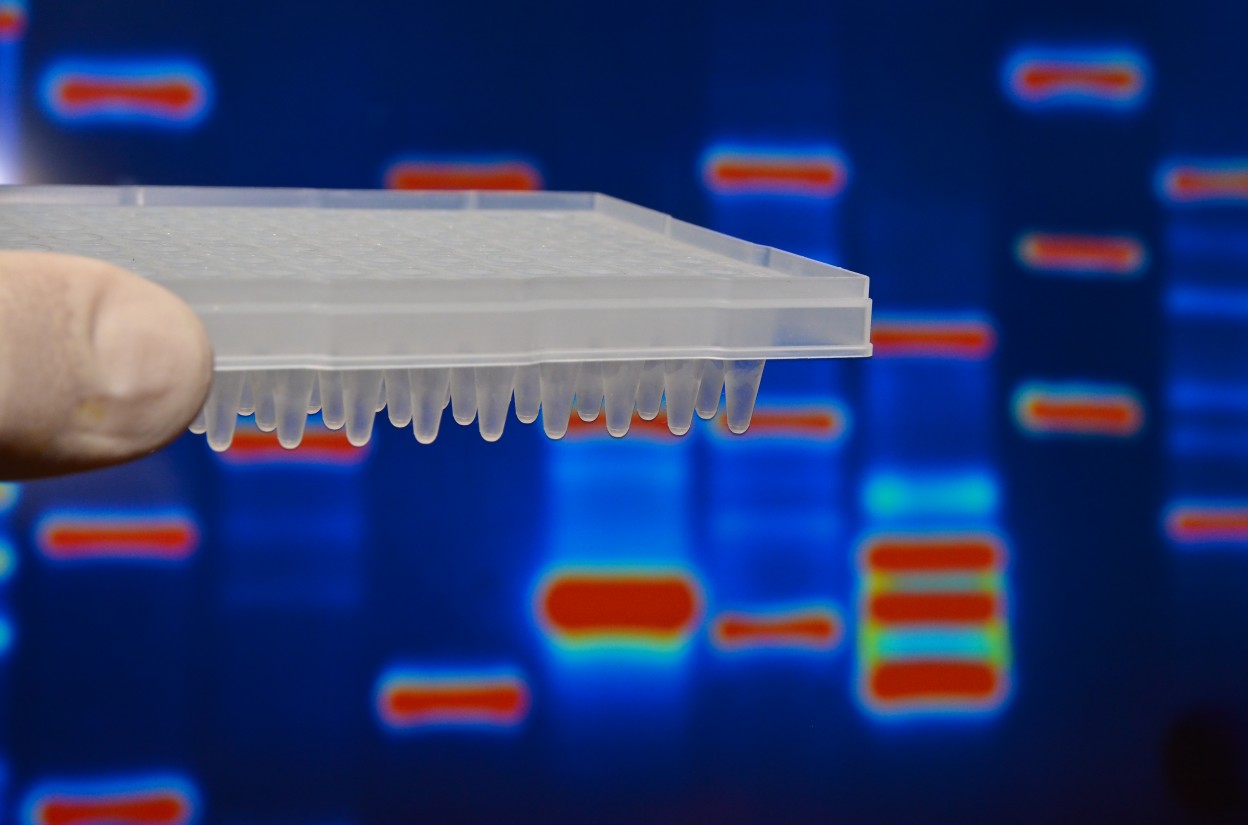New Genetic Test More Sensitive than Standard Technique, May Help Diagnose Acute Hepatic Porphyrias, Study Finds
Written by |

A new technique that analyzes a group of genes associated with acute hepatic porphyrias (AHPs) is more sensitive and requires less DNA samples, a process that may speed diagnosis, according to a recent study.
The research, “A next-generation-sequencing panel for mutational analysis of dominant acute hepatic porphyrias,” was published in the Scandinavian Journal of Clinical and Laboratory Investigation.
Measuring the urinary levels of porphyrin precursors, aminolevulinic acid and porphobilinogen, may provide AHP diagnosis during an attack of abdominal pain. However, patients who have no symptoms yet (pre-symptomatic) and those in the latent phase may not have these biochemical abnormalities.
Genetic analysis plays an important role in the diagnosis of the different AHP types. In particular, next generation sequencing (NGS), which enables the simultaneous sequencing of multiple genetic targets, has increased the efficiency of genetic tests.
A research team from Switzerland designed and validated a NGS panel that contains the genes ALAS1, HMBS, CPOX and PPOX. While the levels of ALAS1 — the first enzyme in the pathway that produces heme, a key molecule to enable blood cells to carry oxygen — are markedly elevated in symptomatic AHP patients, mutations in the other three tested genes cause the most frequent AHPs. Those are acute intermittent porphyria (AIP, the most common form), hereditary coproporphyria, and variegate porphyria, respectively.
The NGS panel covered 92% of the exons (the DNA bits containing the information to make proteins) of the four genes, and 100% of the HMBS gene specifically. This suggests the new method may replace the mainstay molecular technique — the Sanger method — in AIP diagnosis, although the two methods will need to be combined in suspected cases of the other two AHP types, the scientists noted.
Of note, the NGS test requires much less DNA than the Sanger method and, unlike this technique, allows genetic analysis in clinical biopsy samples, the researchers said. Also, it requires less hands-on time and is more sensitive.
Each of the 30 analyzed samples contained a disease-related variation in HMBS, CPOX or PPOX. Two samples carried the same variant. Nine of the 29 different mutations had not been reported in prior studies.
All but one variant were identified correctly with the panel. The exception was a short sequence duplication in the PPOX gene, which differed from the Sanger method by one nucleotide (the building blocks of DNA). Overall, the team found a 97% match between the two techniques, with the new approach able to detect a known somatic variant — in any cell except germ cells (sperm and egg) — in the HMBS gene.
Cautioning that the cost-effectiveness of the NGS approach for AHP needs further evaluations, the researchers noted that, “in the next step, we plan to integrate the AHP panel into the diagnostic routine.” Sequence variations with a frequency of 10% or greater will be confirmed by the Sanger method, they added.





